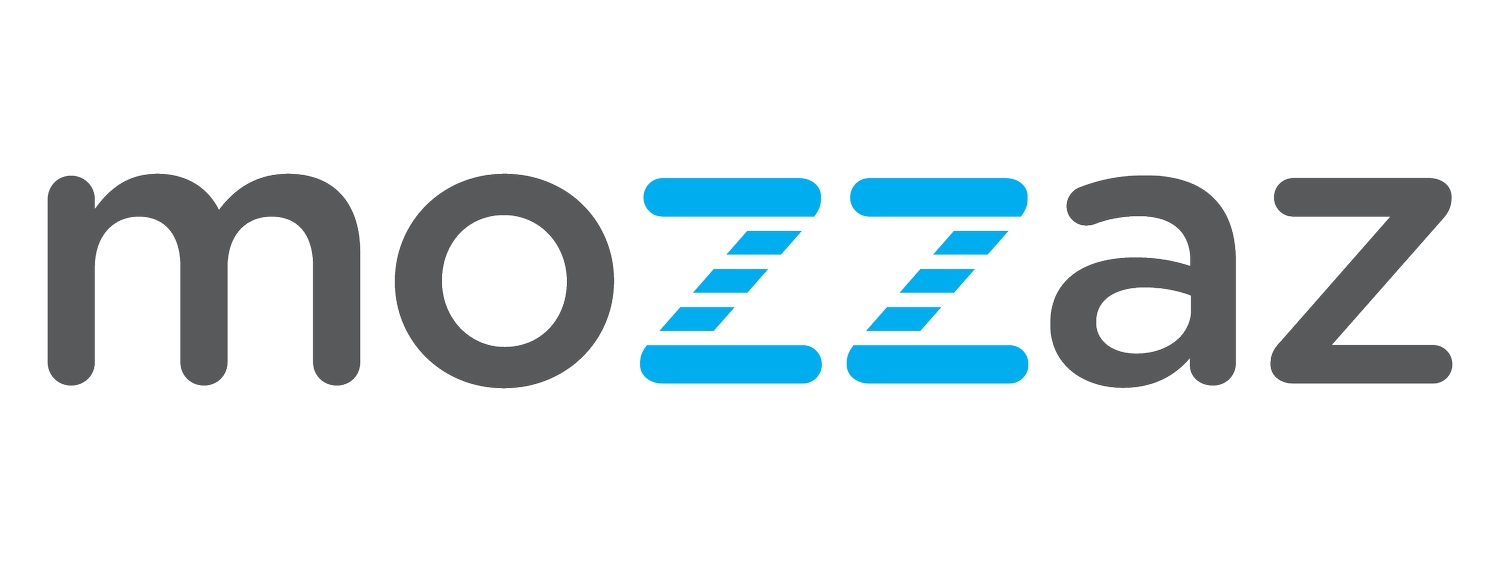
What’s Up At Mozzaz
Check out the posts below to stay informed about how Mozzaz is making waves in the digital health space
Filter by Category
The Importance of CGMs in the Management of Diabetes
A continuous glucose monitor is a wearable device that tracks blood glucose every few minutes while worn. They include a small disposable sensor worn under the skin (often on the arm or stomach) which transmits data to an attached transmitter and receiving device. These devices allow individuals with diabetes to constantly monitor their blood sugar levels, providing real-time data and insights into how their body is responding to different meals, activities, and medications.
Improving Population Health with Remote Patient Monitoring for Diabetes
According to the Centers for Disease Control and Prevention there are an estimated 130 million adults living with diabetes or prediabetes in the United States, that’s about one in three individuals. This alarming rate has a direct impact on healthcare resources and demonstrates the need for better care models targeting those at risk for disease development and complication.
Supporting FQHCs with Remote Patient Monitoring
Remote patient monitoring continues to grow in popularity in the U.S. with increased adoption among hospitals and health systems alike. For large health systems, the desire for RPM has led to trailblazing new expansion and strengthening of existing programs. For federally qualified health centers, implementing RPM has taken a more cautious approach, with long-term sustainability at the forefront of decision making.
Top 6 Problems In Healthcare and How Digital Health Solutions Help Solve Them
As your organization considers how to improve outcomes and create a healthier patient population, you should consider the role that digital health solutions play in supporting your initiatives.
A Patient Centered Approach to Surgical Recovery
In a recent update HCA Healthcare Inc. has announced the official enterprise-wide roll out of their Enhanced Surgical Recovery digital-health program. This implementation comes off the back of their 20 years of clinical research, a multitude of peer reviewed publications and an intensive review of internal data to make a multidisciplinary approach to pre and post operative care.
Top Four Mistakes Providers Make With Virtual Care Programs
As we continue to solve the age-old problems in healthcare with new and exciting technologies, it’s important to be pragmatic about your programs.
Not all solutions are made equal, and many made with the best intentions end up falling short in implementation. Thus, leaving you wondering if it was the virtual care program, patient, or the provider? How is it that some virtual care and remote patient monitoring programs fail to achieve their promised benefits while others succeed?
What You Need to Know About Billing for RPM
In 2022, the Centers for Medicare and Medicaid Services renewed their support of remote patient monitoring with the continuation of the five main current procedural terminology codes for reimbursement of services. In this blog, we’ll cover what you need to know about RPM, requirements for billing, and a summary of the RPM CPT codes.
A Step By Step Guide To Remote Patient Monitoring
Like any new clinical technology, setting up an RPM program can often be intimidating. For those interested in buying vs. building their RPM platform, vendors, like Mozzaz, who have made RPM their business can be a great resource. At Mozzaz we aim to make the process as easy as possible, and we’ve compiled what you need to consider for your RPM program into six steps. If you’re interested in how to launch and run a successful RPM program, here’s what you need to consider.
Tips for Setting Your RPM Program Up for Success
With the advent of mHealth devices and telehealth platforms, Remote Patient Monitoring has gained traction as a legitimate care pathway. Using connected health tools that can track patients at home as they go about their daily routines, care providers can now monitor patients’ vital signs, adjust care plans on the fly, intervene when necessary, and even gather non-clinical data to better understand all the factors influencing the health and wellness of their patients.
A Small Investment In Compliance Can Go A Long Way
There are three kinds of companies that exist in the world today. Those that have been breached, those that don’t know they’ve been breached and those that will be breached. While this may seem to be a rather pessimistic view of the business landscape, time and time again we’ve seen that no matter how secure companies appear to be on the surface, there is no way to be 100% secure from all internal and external threats. This is why compliance polices & procedures are so important for organizations of any size to implement.
How Remote Patient Monitoring Can Improve Long-Term Care
As telehealth services rise in popularity, we’re seeing how augmenting in-home, long-term care with technology solutions can help to increase patient independence and improve quality of life even further. Thanks to advancements in connected technology, doctors and nurses providing long-term, in-home care can deliver additional services that conveniently fit into their patients’ daily routines. Read on to learn more about how in-home care and remote patient monitoring work together to better outcomes for long-term care patients.
Remote Therapeutic Monitoring and CMS
Recently, The Centers for Medicare and Medicaid Services (CMS) released a proposal for it’s 2022 Physician Fee Schedule. Over the last several years, more non-traditional modalities of healthcare have found their way into the CMS reimbursement landscape. This is promising as it suggests that CMS is aligning themselves with consumer demand and technology developments by incentivizing physicians to deliver care in a way that caters to the preferences of their patients.
Transforming Member Experiences to Support Seamless Digital Health
The digital transformation in health care is upon us. As we all look to rapidly adopt new technologies, deep integrations and interoperability become key components to help ensure seamless data exchange between patient applications and EHR systems.
What Is Patient Engagement in Healthcare
Want to expand your efforts on improving patient outcomes? Improving patient engagement is a valuable part of an overall strategy for better outcomes, and is gaining traction across providers and care team members.. That said, what is patient engagement in healthcare, exactly? Patient engagement is about more than just sharing information. It’s about improving healthcare through interaction on both sides. We offer a specialized, digital platform designed to do just that.
Highly-Personalized Patient Experiences
We exist in an information rich world, with data points constantly at our fingertips, and this wealth of information gives healthcare providers the opportunity to know more about their patients than ever before. With digital innovation on the rise, technologies are challenging providers to rethink healthcare delivery and appeal to patients as consumers. On average, only 35% of patients have adopted available technologies. Getting patients to engage starts with knowing more about them on an induvial level. Effectively applying available data points to better understand patients can help to close the gaps around patient engagement, drive adoption rates, and support behavior change.
A Guide to Remote Patient Monitoring Technology
Prior to the introduction of digital healthcare services, physicians had to tailor their treatments based solely on the information they received during in-person appointments. Medical records and details collected during face-to-face visits do provide valuable insights that help inform effective treatment plans, but this still only represents a relatively small cross-section of a person’s overall health and well-being. Remote patient monitoring technology is revolutionizing the way healthcare providers interact with the people they treat, as well as how those receiving care participate in their treatments.
The Benefits of Remote Patient Monitoring for Oncology Patients
Nearly 1.8 million more people were diagnosed with some type of cancer in 2020. In fact, nearly 40% of all adult Americans will receive a cancer diagnosis at some point in their lifetimes. Treating these patients while allowing them to live their lives as normally as possible can create challenges for oncologists. Fortunately, new technologies are making it possible for doctors and patients to incorporate care into their daily routines with greater success.
AI Powered Remote Patient Management for Preventative Care
The CDC reports that 6 in 10 adults in the US have a chronic disease and 4 in 10 have two or more. With the prevalence of chronic diseases in mind, it’s no surprise that they are the leading driver for the nation’s $3.8 trillion in annual healthcare costs, and the diabetic population accounts for a significant portion of costs associated with chronic disease management. Listener’s will gain insights into how to leverage technology to more effectively identify and serve their pre-diabetic populations for better outcomes, care coordination, and lower overall costs. It’s essential listening for any organization looking to launch a new remote patient monitoring program or take an existing one to that next level.
Remote Blood Pressure Monitoring: An Essential Tool for Hypertension Management
Hypertension, also known as high blood pressure, is a pervasive and serious health issue in the United States. Managing circulatory health is important as an excessive amount of pressure in one’s arteries can cause an undue amount of strain on the heart, leading to a significantly higher risk of heart disease and stroke. Remote blood pressure monitoring can be of great benefit to physicians managing patients with high blood pressure. The constant stream of data gives valuable, more frequent insights that can drive more effective treatment decisions.
How Wearable Devices are Making an Impact in Healthcare
The healthcare industry, understandably, is always interested in new developments that can be used to improve patient quality of life. Recent innovations in technology have found their way into doctor’s toolkits across the industry. One of the latest examples of this phenomenon is the rise of wearable remote patient monitoring devices.




















